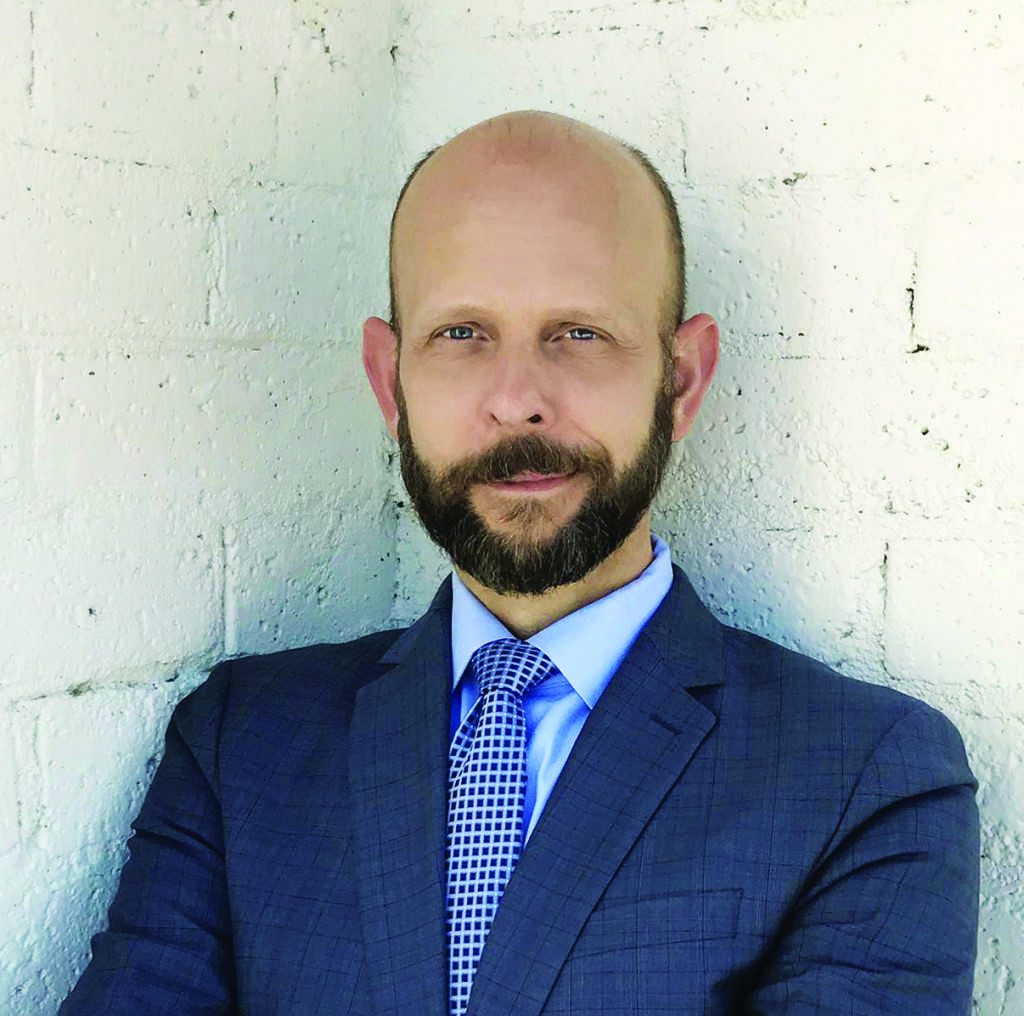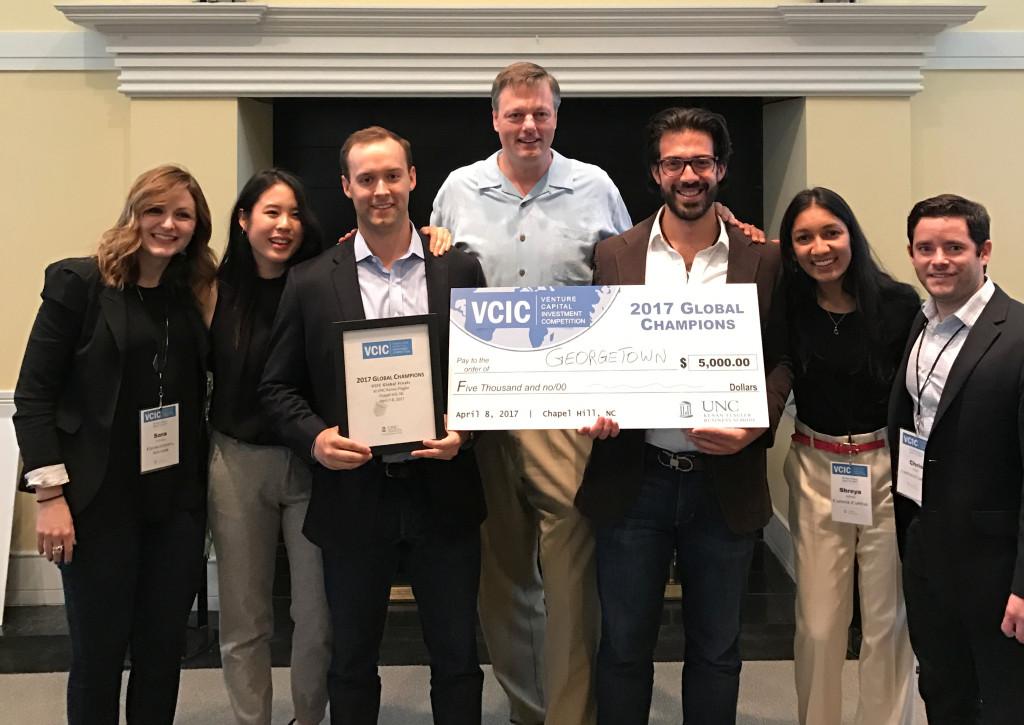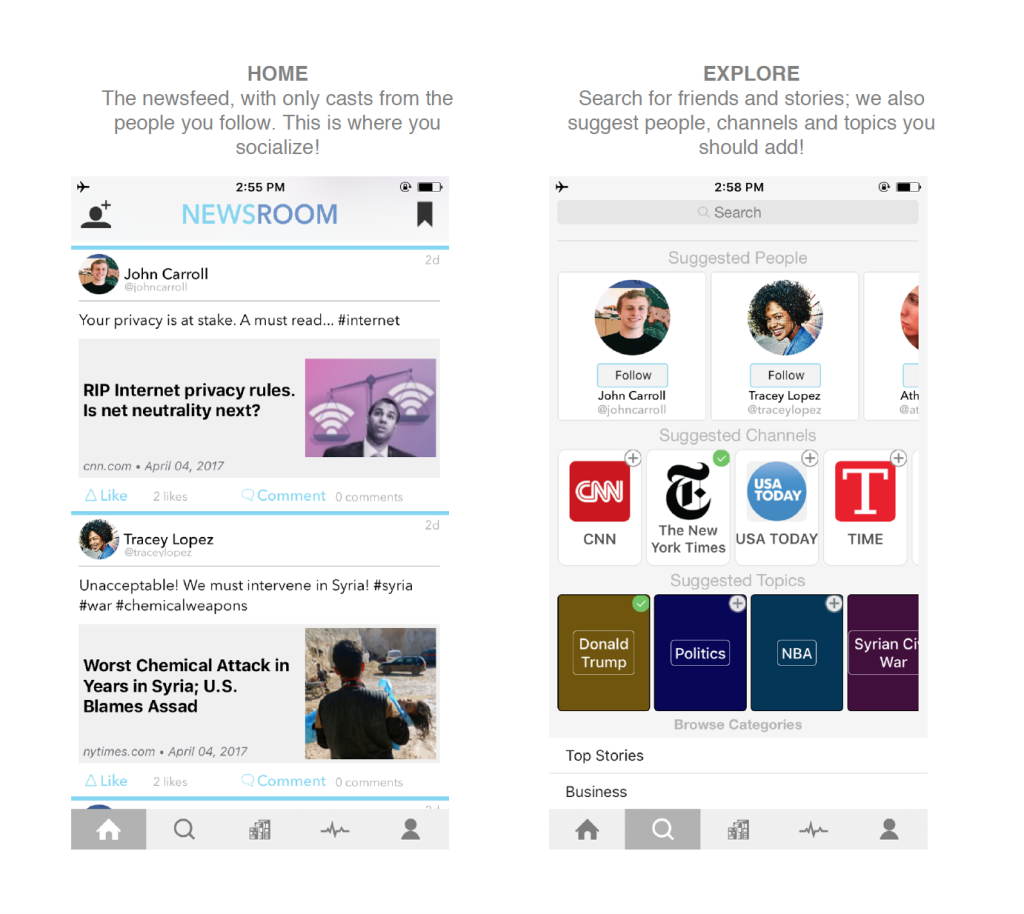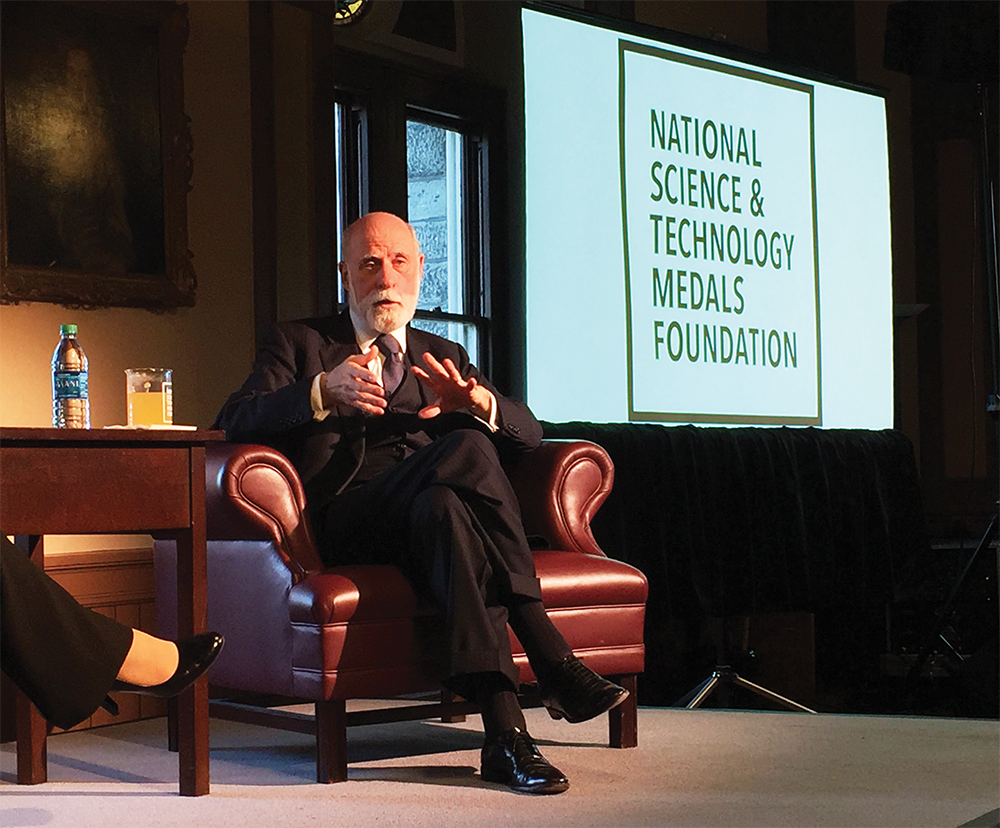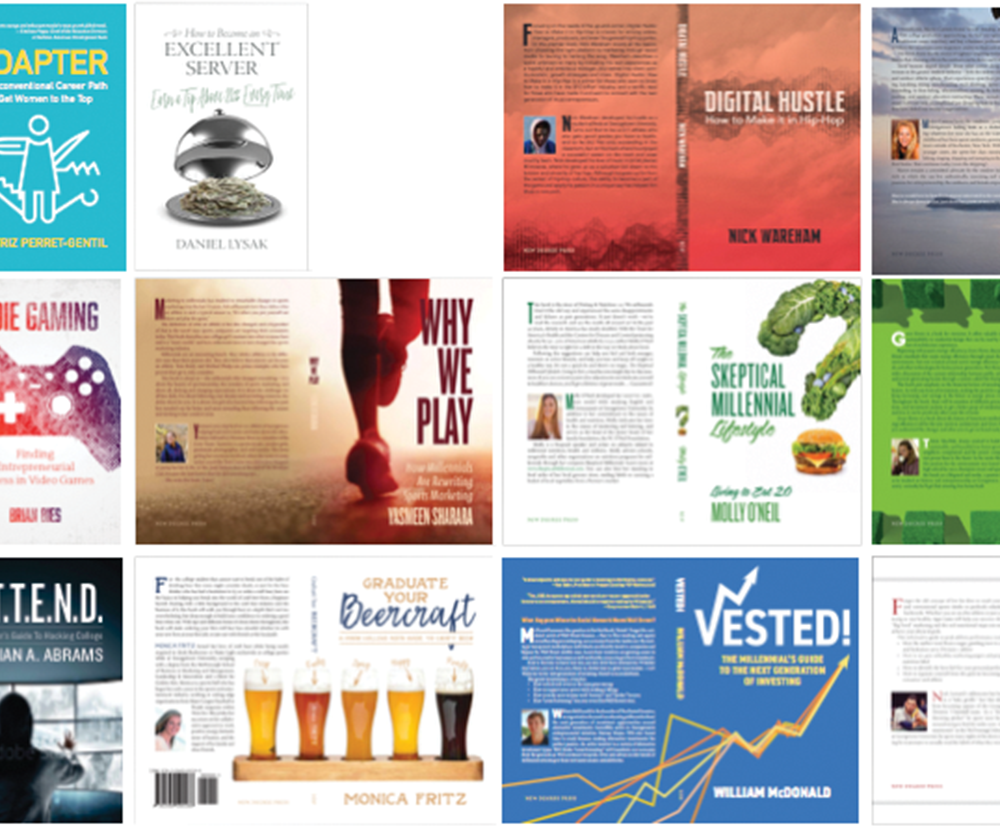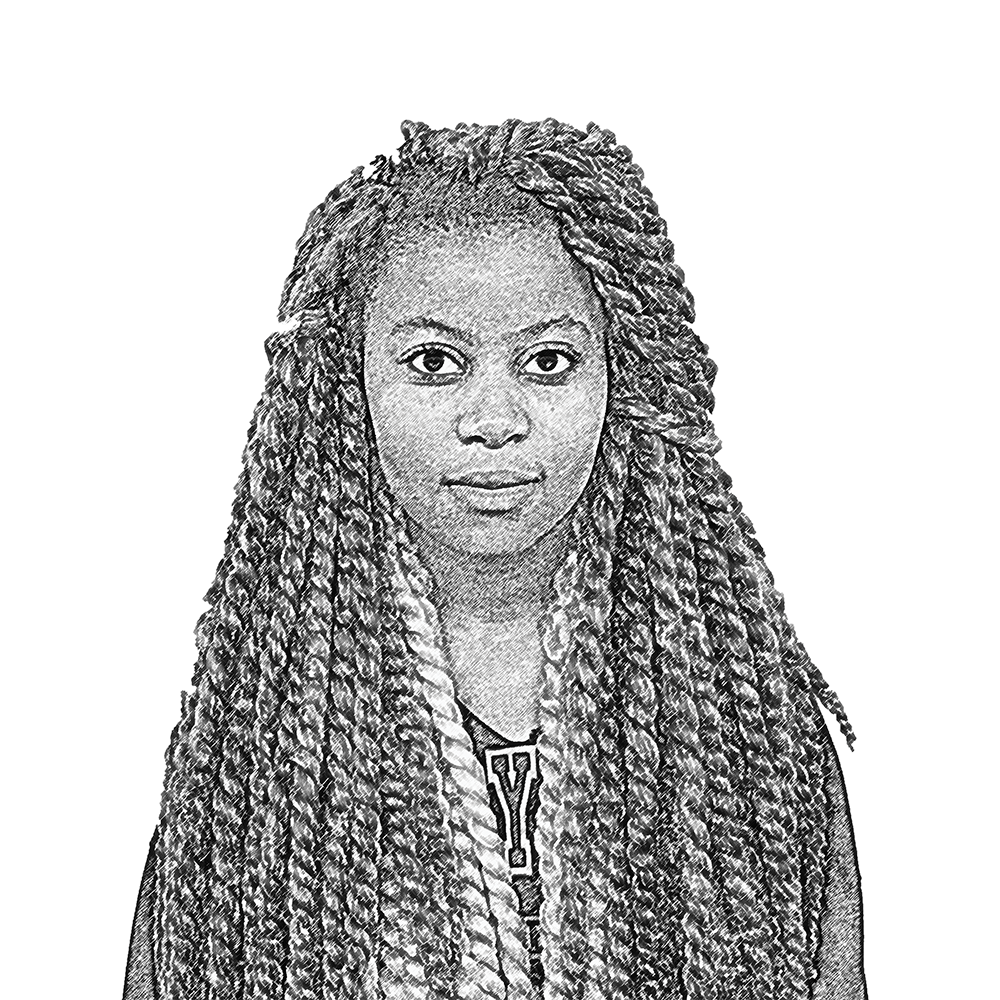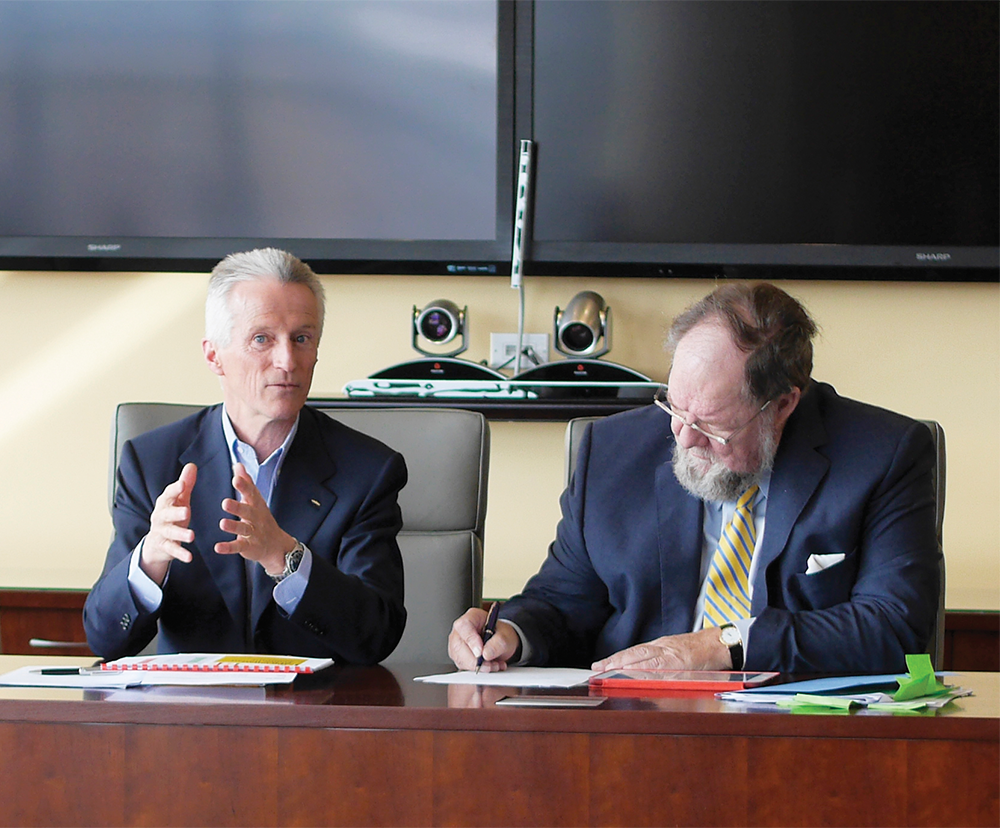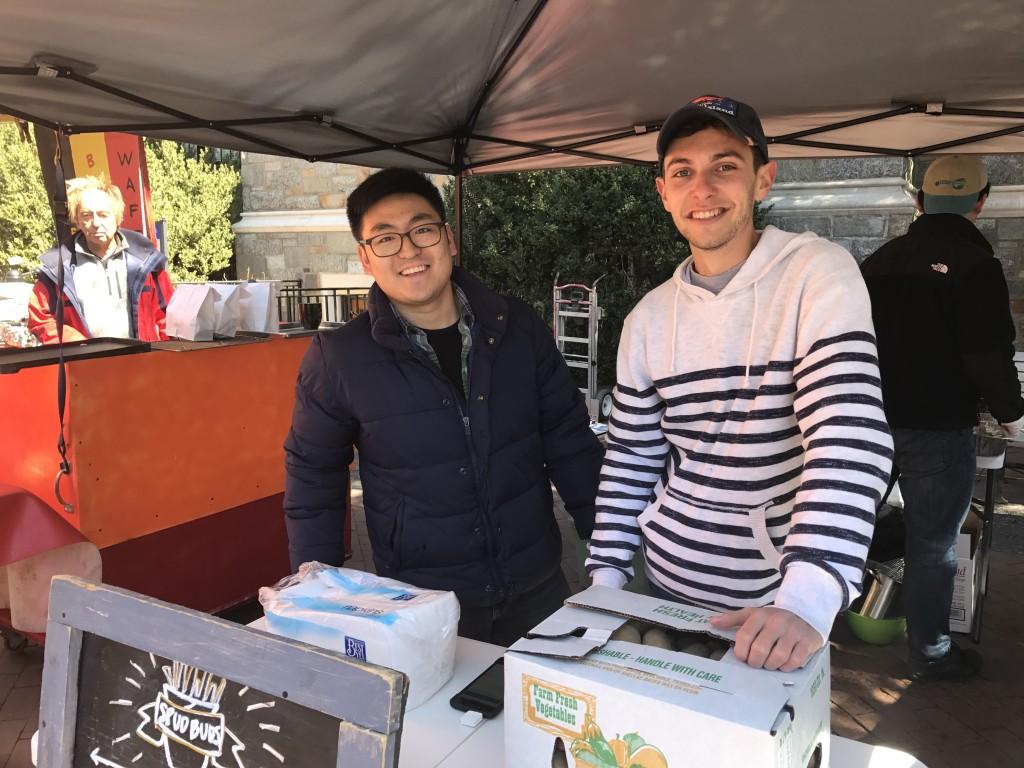I grew with anticipatory delight as I traveled back into Georgetown this winter, and I remember my immediate satisfaction as I was greeted with different storefronts, a rapidly evolved local fashion sense and the tick-tock steady pace of technology as it nestles more and more intimately into our lives.
The holidays are the time of evolving tastes, as parents shower college students with gifts to delight and surprise, and among them this year was a close friend of mine who received the first Moto 360 smart watch I had ever seen.
At first sight, I knew this watch would be my ambassador for the year 2015.
Its gyroscopic controls were tight, its surface sleek, the watch face itself always dimly displayed. When I see the watch quietly converse with the cell phone, like the ergonomic next step that it is, I am bent to question why I ever assumed machines to be incompetent, or whether it is just now that our relationship to tech is becoming such a trustworthy one.
In truth, we are on the crest of a wave that began some time earlier.
Last autumn, for instance, I witnessed how social leverage could be channeled by an app called Venmo, as friends began to beg me to sign up so they could repay me for debts I didn’t care about anyway. Surely it is the intended business model of the service, for the angle is to convince users to always have a balance on their Venmo account, in anticipation for needing to pay back private debts. To construct a program that convinces users to convince friends to use it is the ultimate advertising, and explains the overnight, wildfire spread of the service among college students.
I see how Venmo has the popularity and thus the capability to muscle its way into stores, imitating and eventually becoming our wallets. Already with Venmo you can choose to trust certain users to seamlessly bill you, and doing so for businesses functionally solves the problem that prevented NFC chips from being universalized in phones: Why convince every phone company to universally agree on a hardware, when you can simply use software? By downloading Venmo instead of necessitating chips in phones and receivers in stores, we approach a future we did not realize we were heading towards. And so it must be, for some may fear it if we saw it coming.
On one hand, no one in society is more likely to embrace ideas only to revoke them than college students. The time of life we decide who we are is also when we most change who we are. Is it not only natural that we would adopt new technological fads regardless of whether they can endure?
Conversely, young people show an aptitude towards embracing innovative concepts, whereas adults first desire proof of a technology’s utility. Fundamentally, it is a matter of taste for each individual, and for each locality.
The longevity of smart watches and smart wallets, just like smart phones and smart glasses, depend on local fashion sense. Even my short drive from Charlottesville to D.C. was deep enough into the heart of urbanity to see a stark difference in receptiveness to new things, as well as a higher saturation of different tastes.
We may enjoy things until we discover that socially, they flop. A social barrier thwarted the adoption of Google Glass, for myriad reasons — not wholly because the move to what was practically a headset was too austere, not wholly because it was essentially a prototype of something much greater, but undeniably because it was still simply too out of the ordinary for people to catch on.
Some products have the latent ability to spark widespread adoption — not only by merit of something’s convenience, or superiority, but also the product’s interaction with society. Average age, social orientation and political tones of a locale weave deeply into the fabrics and mentalities of how people feel using technology in public.
But if there were ever a year for change, it would be this one. Plenty of new technology is here. It works, and it looks good. If I exaggerate, it is for selfish desires, because I want my phone to become my wallet, and I want my watch to become my phone, and I know that cars would be better off driving themselves. I alone can conceive so many ideas that are not abandoned because they do not work, but simply because they do not gain momentum. Personally, I find that tragic.
So this year, I have decided that my New Year’s resolution is to buy a product, and believe in it. It might even be a Moto 360, if they ever make a women’s version.
Celeste Chisholm is a senior in the College. Shape of the Future appears every month.


